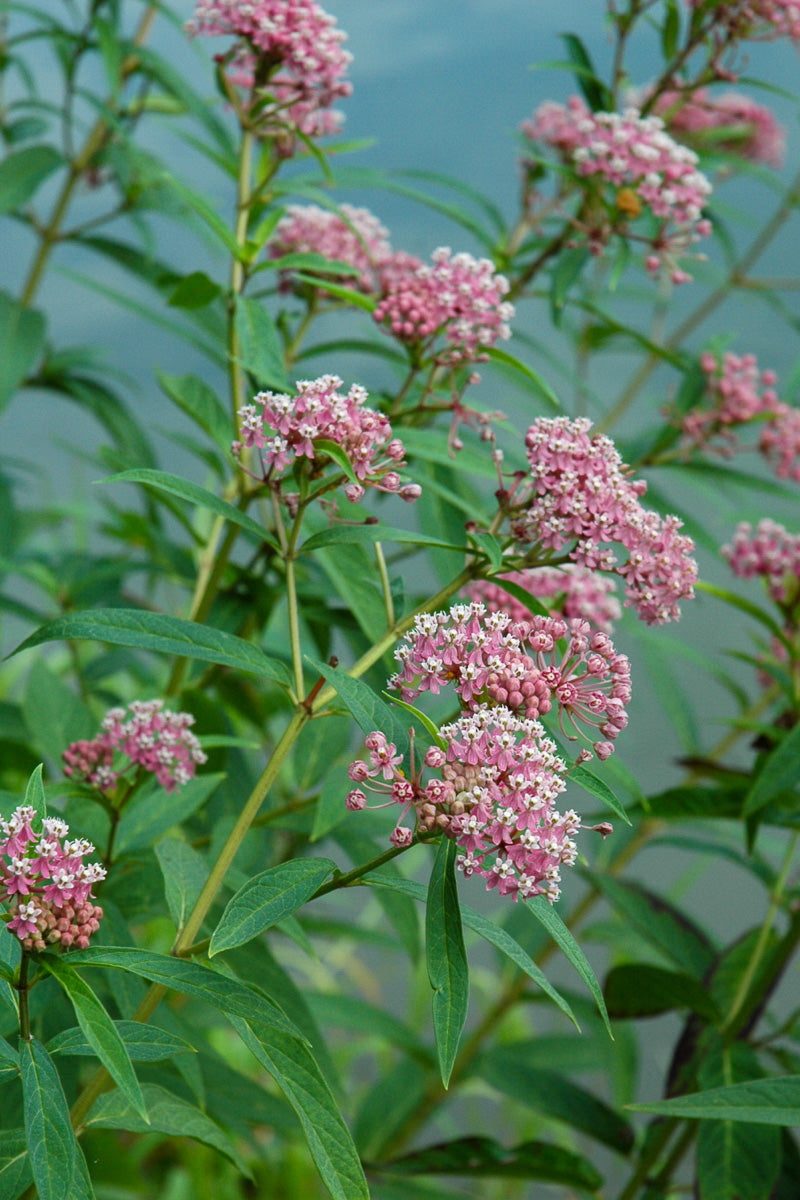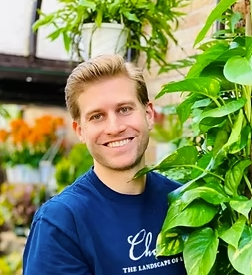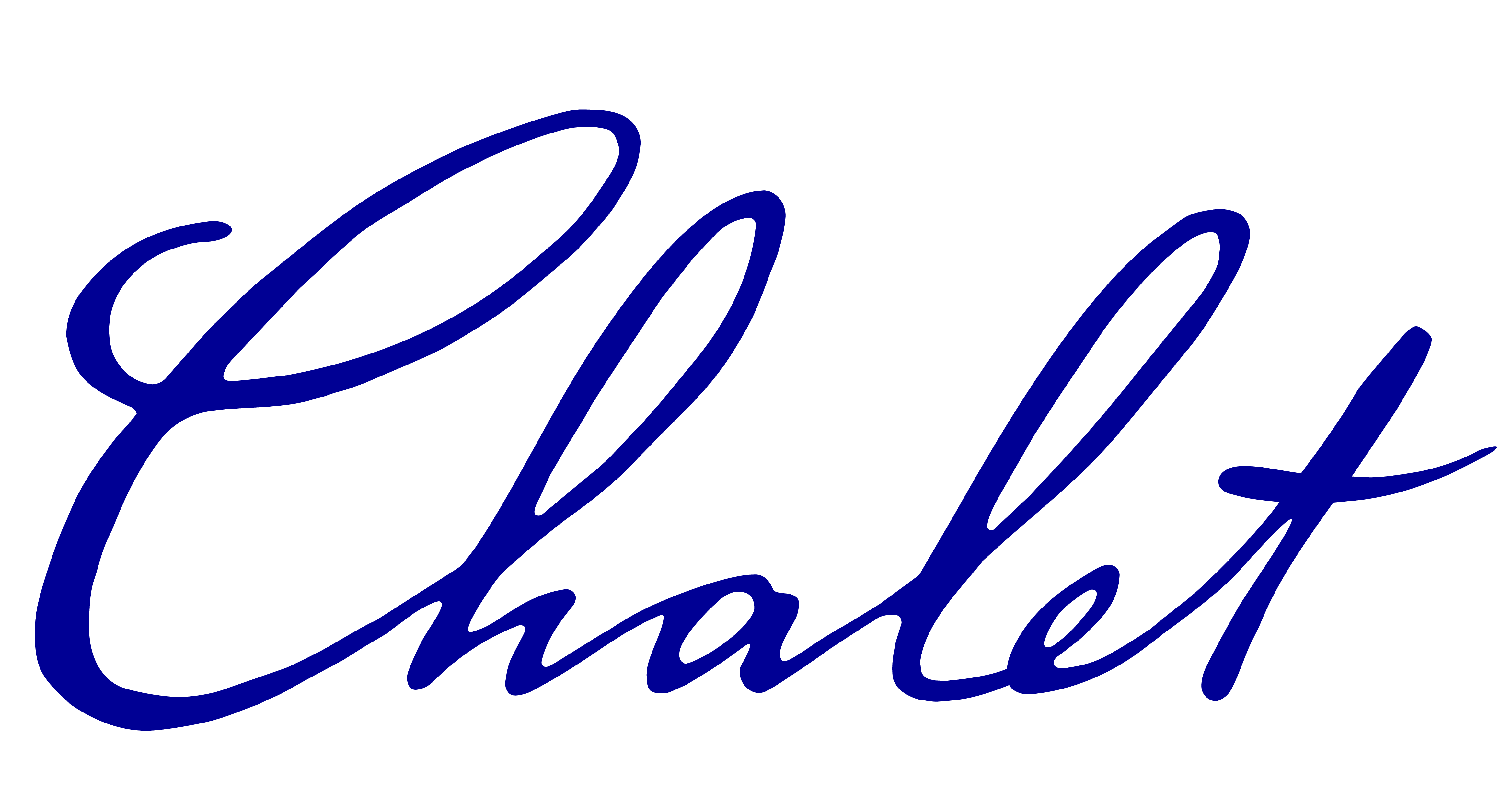

Understanding the Importance of Native Plants
Creating a Balance: Integrating Non-Native Plants
Designing with Native Plants: Tips and Inspiration

Looking Ahead: The Future of Sustainable Gardening
by the Chalet Sustainability Committee
Chalet's Sustainability Committee, among other goals, helps the local community learn about sustainable gardening and lifestyle practices. Thank you for reading our blog and consider sharing it with friends to get the word out about how we can make our local green spaces healthier and our community more sustainable.

Lawson Thalmann
Principal Author
